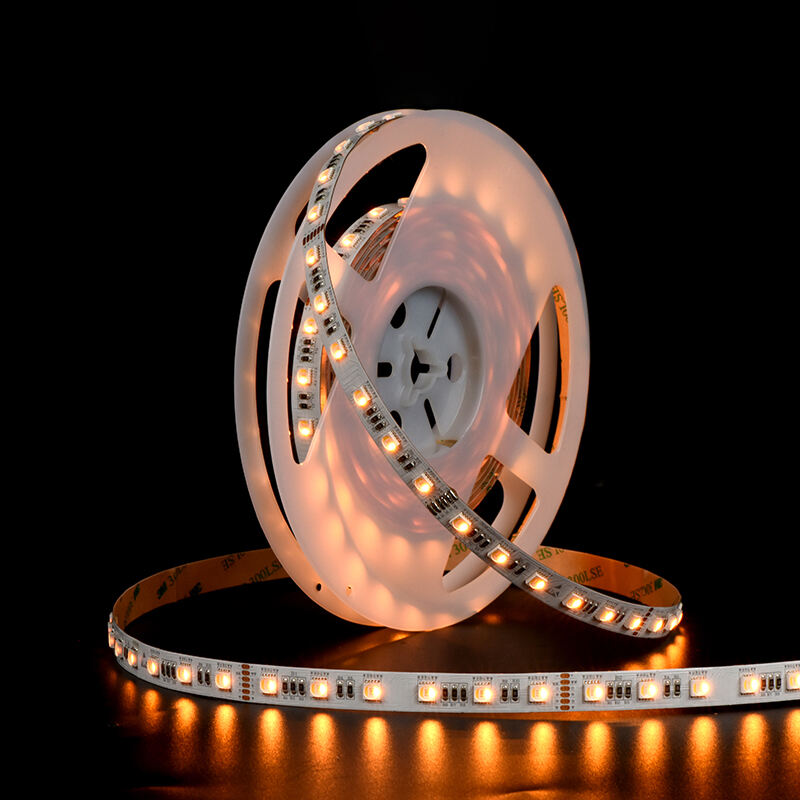LED Neon Flex vs. Traditional Neon Lights: Behind 70% Energy Savings, Which Will Be the Future Lighting King?
Understanding LED Neon Flex Energy Efficiency vs. Traditional Neon
Compared with traditional glass neon tubes, LED neon flex surprises you with the semi-conductor technology! Working at low voltage (12V-24V) as oppose to the traditional neon1s 15,000V needs, LED1s use only 10% of the energy of their glass predecessor, with very little energy waste as heat. Industry data that LED neon flex uses only 4.8 watts per meter, compared to 16.3 watts with glass neon, or a 71.2% reduction in power consumption, a core efficiency advantage.
Real-World Power Data: Quantifying the 70% Energy Savings

Commercial installations demonstrate consistent savings:
- A 12m sign running 12 hours daily uses 86 kWh annually with LED neon flex vs. 287 kWh with traditional neon
- At $0.14/kWh, this translates to $12 vs. $40 in annual energy costs
Large-scale retrofits amplify these benefits. One hotel chain saved $18,200/year after upgrading 500m of signage while maintaining 5,500K brightness.
Energy-Efficient Lighting Trends in Commercial Signage
Key adoption drivers include:
- Corporate sustainability: 68% of Fortune 500 companies now mandate energy-efficient lighting
- Urban regulations: Cities like Barcelona ban high-voltage neon in new construction
- Smart capabilities: Motion-activated LEDs use 30% less power than static displays
The global LED market reflects this shift, projected to grow at 14.4% CAGR through 2030.
Comparative Lifespan: LED Neon Flex vs. Glass Neon Tubes
LED neon flex lasts 50,000+ hours—300–500% longer than traditional neon's 10,000–25,000 hour lifespan. While glass systems degrade by 30–40% in brightness within 8,000 hours, LEDs maintain 95%+ output at 30,000 hours, reducing replacement needs from every 3–5 years to 15+ years.
Performance in Extreme Conditions: Weather, Vibration, and Impact Resistance
Flexible silicone/PVC sheathing enables operation from -40°C to 80°C with 92% survival rates in hurricane conditions versus 28% for glass neon. Vibration tests show LEDs withstand 2,000+ hours of traffic simulations where glass develops micro-fractures after 100 hours.
Initial Investment Breakdown: LED Neon Flex vs. Traditional Neon Installation
While LED neon flex costs 20-40% more upfront, its plug-and-play design cuts installation time by 66%—8 hours versus 24+ for a 100-foot glass neon sign.
78% of businesses recoup their investment within 26 months.
Case Study: Commercial Retrofit Achieving 68% Annual Cost Reduction
A retail chain replacing 1.2 miles of signage achieved:
- First-year savings: $224,000 (74% energy reduction)
- Maintenance calls: Dropped from 120 to 9 annually
- ROI: 18 months with 68% ongoing cost reductions
Lower Voltage, Less Heat: Safety Advantages Over Traditional Neon
12V–24V operation eliminates shock risks and reduces fire hazards versus high-voltage glass neon. Mercury-free construction simplifies disposal without specialized handling.
Reduced Carbon Footprint and Eco-Friendly Lighting Solutions
70% energy savings directly lower CO2 emissions while avoiding mercury and rare gases. Commercial retrofits frequently achieve net-zero compliance while cutting costs.
Recyclability and Material Safety: LED vs. Mercury-Containing Neon Tubes
90% of LED components are recyclable versus hazardous glass neon disposal. This alignment with the Minamata Convention makes LEDs the sustainable choice.
Custom Shapes, Colors, and Dynamic Control with LED Neon Flex
Flexible installation enables 3D designs impossible with rigid glass, while RGB+W systems offer 16 million colors versus neon's 6–8 options. 82% of businesses prioritize this customization for branding.
Easy Installation and Portability Compared to Fragile Glass Systems
70% lighter weight and IP67-rated durability allow 50% faster installations. Cut-to-length flexibility benefits temporary installations without breakage risks.
Industry Trends: Why Brands and Cities Are Switching to LED Neon Flex
With 55% lower maintenance costs and 95% recyclability, urban planners and retailers increasingly adopt LED solutions. The market projects 14% annual growth through 2028.

